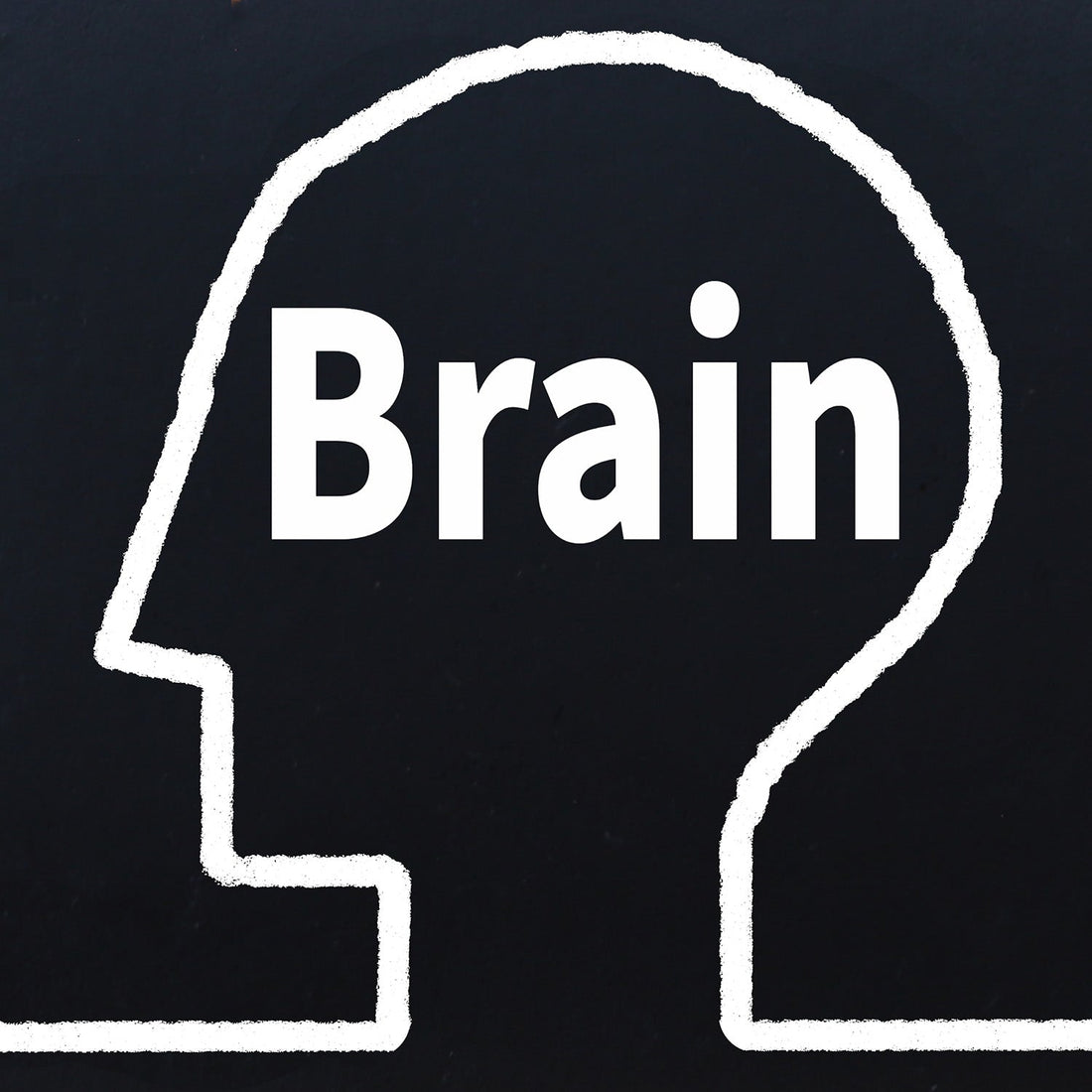It is said that viewing art has various effects on our brain. While there are many specialized studies on this topic, here I will introduce, based on my research, the effects that art appreciation has on the brain.
1. Emotions are stirred.
When we appreciate art, the colors, shapes, and expressions of the artwork affect our hearts. The reason we feel moved or happy is because the "limbic system" in the brain, which controls emotions, becomes active.
2. Process visual information.
What we see with our eyes is processed in various areas of the brain. We analyze color, shape, depth, and other elements to understand the atmosphere and meaning of the artwork.
3. Thinking skills are stimulated.
When you try to understand art, the brain's "cognitive functions" are activated. In particular, thinking about what an abstract work of art is expressing, such as "What is this trying to convey?", increases the brain's flexibility.
4. Feel joy or pleasure.
The reason why you feel "good" when you see beautiful art is because the "reward system" in your brain is activated. This part of the brain also works when you eat something delicious or do something fun, which is why appreciating art is a pleasant experience.
5. Empathizing skills improve.
There are nerve cells called "mirror neurons" that are activated when we try to understand the feelings of others. When we look at art, these mirror neurons become active, allowing us to more deeply perceive the emotions and messages embedded in the artwork.
6. Concentration improves.
To truly appreciate art, you need to pay attention and observe the details. Trying to understand the subtle parts of the artwork and the meaning embedded in the background helps to train your concentration.
So, how does the brain react when viewing art that you don't like? I couldn't find much helpful information on this, so I asked Chat GPT. (Updated March 2025)
How does the brain react when viewing art that you don't like?
Appreciating art is a subjective experience, and even when viewing art that one doesn't like, the brain shows various reactions. This involves both physiological brain functions and changes in learning and emotions.
1. Brain Function and Initial Reactions
When exposed to art that one doesn't like, the brain first shows an emotional reaction.
- Amygdala : When you feel discomfort or unease, the amygdala in your brain reacts, which can trigger negative emotions.
- Visual cortex : Any artwork is processed as visual information, but if it doesn't capture your interest, it's easy for the brain's attention to wander.
- Nucleus Accumbens : When you see art you like, the reward system (the part that feels pleasure) is activated, but if you don't like it, this function weakens, making it harder to feel interested.
2. Cognitive Challenges and Learning
However, looking at art that you don't like is not just an "unpleasant experience" for the brain, but also an opportunity to process new information and gain knowledge .
- Prefrontal cortex : Trying to understand the intention behind art activates the brain's analytical thinking. By thinking about "Why is this work appreciated?" and "What don't I like about it?", your range of thinking expands.
- Kaiba : By watching repeatedly, styles and approaches that were previously incomprehensible can be "learned," and you may be able to view the work from a new perspective.
3. Expanding perspectives and changing emotions
When you appreciate art that you don't personally like, you come into contact with expressions that differ from your existing values. This experience can bring about the following changes:
- The ability to accept different perspectives : By thinking, "There are different ways to express oneself," even when faced with art that is difficult to understand, flexible thinking is cultivated.
- Interest in novelty : The brain is naturally curious about "the unknown," and by encountering new expressions, we can discover beauties and meanings that we had not noticed before.
- Empathy and Communication : Exchanging opinions with others can expose you to different sensibilities and values, and broaden your communication skills.
4. Summary
When you view art that you don't like, you may initially feel a sense of incongruity or boredom, but your brain unconsciously analyzes the work and tries to learn new information.
Furthermore, it can broaden one's perspective and provide an opportunity to understand different forms of expression.
In short, "looking at art that you don't like is a small challenge for the brain," and that can ultimately lead to new discoveries and growth in sensitivity.
That's roughly the gist of it. As I expected, regardless of personal preference, appreciating art stimulates the brain and is an experience that enriches emotions and thoughts. Of course, the art we're talking about here isn't necessarily limited to paintings or photographs. We also discuss the concept of art in "What is Art?" , so please take a look.






